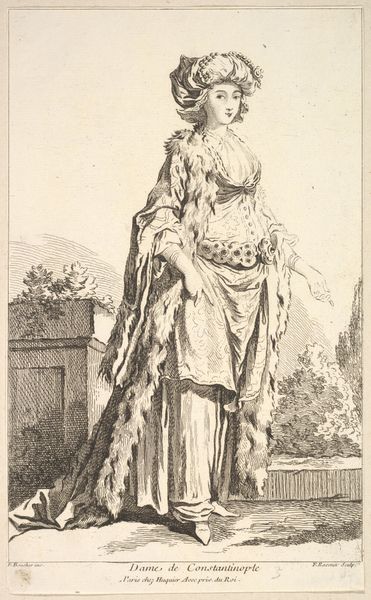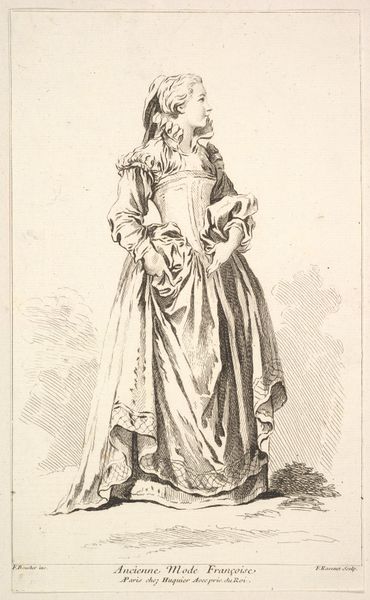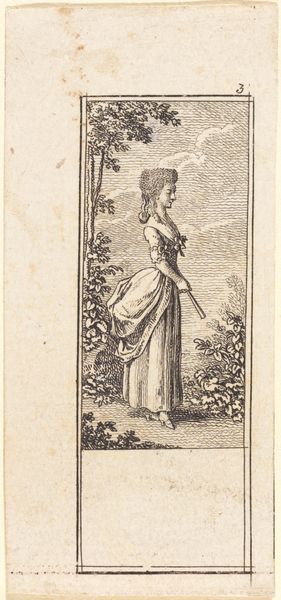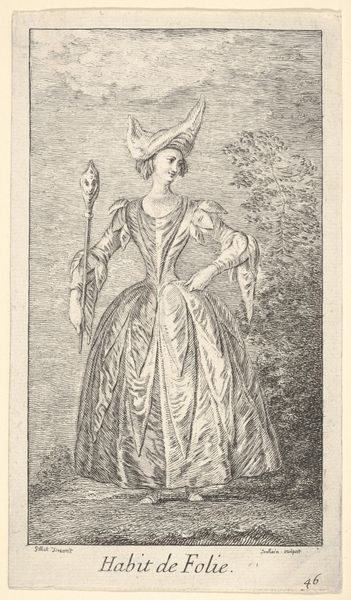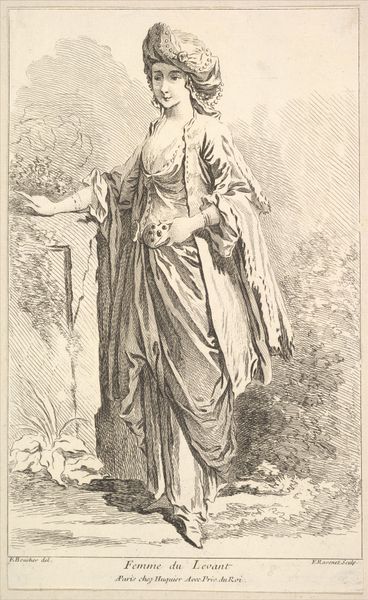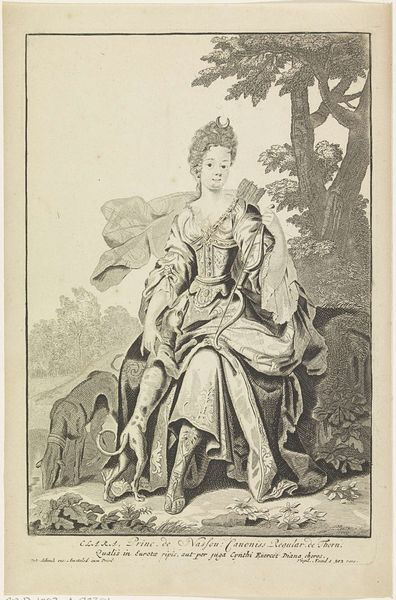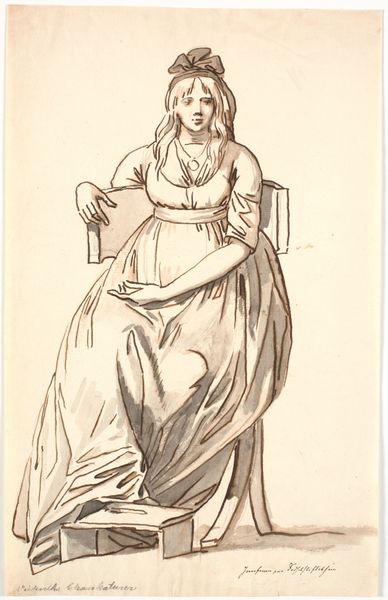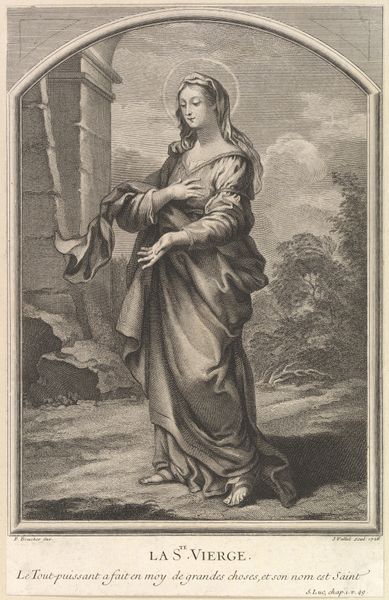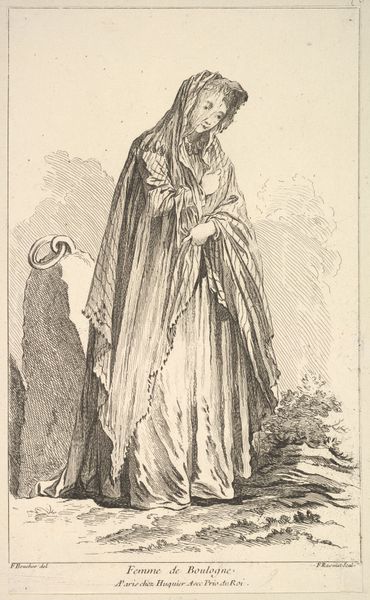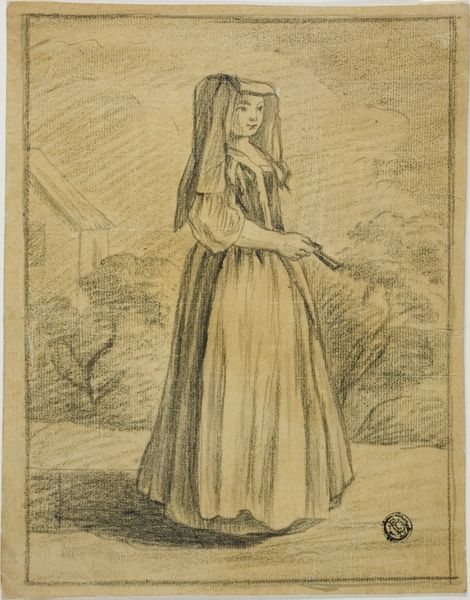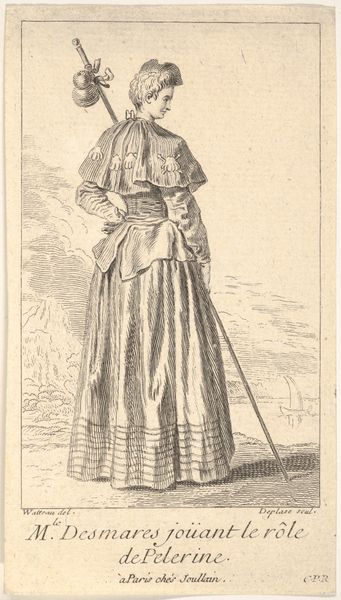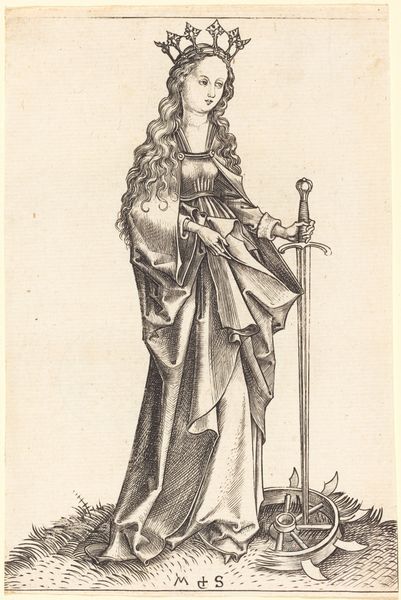![Femme de Naples, from Recueil de diverses fig.res étrangeres Inventées par F. Boucher P.tre du Roy et Gravées par F. Ravenet (Collection of Various Foreign Figures, Devised by F. Boucher, Painter of the King and Engraved [etched] by F. Ravenet), plate 2 by Simon Francis Ravenet, the elder](/_next/image?url=https%3A%2F%2Fd2w8kbdekdi1gv.cloudfront.net%2FeyJidWNrZXQiOiAiYXJ0ZXJhLWltYWdlcy1idWNrZXQiLCAia2V5IjogImFydHdvcmtzLzU1ODhlZmY2LWFkNDctNGUyOS1hN2YyLTNjYWNmMjMwNmQ4MC81NTg4ZWZmNi1hZDQ3LTRlMjktYTdmMi0zY2FjZjIzMDZkODBfZnVsbC5qcGciLCAiZWRpdHMiOiB7InJlc2l6ZSI6IHsid2lkdGgiOiAxOTIwLCAiaGVpZ2h0IjogMTkyMCwgImZpdCI6ICJpbnNpZGUifX19&w=3840&q=75)
Femme de Naples, from Recueil de diverses fig.res étrangeres Inventées par F. Boucher P.tre du Roy et Gravées par F. Ravenet (Collection of Various Foreign Figures, Devised by F. Boucher, Painter of the King and Engraved [etched] by F. Ravenet), plate 2 1721 - 1774
0:00
0:00
drawing, print, engraving
#
portrait
#
drawing
# print
#
figuration
#
genre-painting
#
engraving
#
rococo
Dimensions: Sheet: 10 3/8 x 6 1/4 in. (26.4 x 15.8 cm)
Copyright: Public Domain
Simon Francis Ravenet the elder etched this depiction of a Neapolitan woman in the 18th century. The woman, adorned with a headscarf, stands as a symbol of regional identity. In her hands, she holds a dead bird, a motif laden with cultural significance. This bird, lifeless in her grasp, echoes the ancient Roman practice of augury, where the flight and entrails of birds were interpreted to foretell the future. This motif reappears throughout history, from medieval tapestries depicting hunts to Renaissance paintings symbolizing mortality. Over time, its meaning shifted from divination to vanitas, reminding viewers of the fleeting nature of life and beauty. The presence of the bird evokes a powerful emotional response, tapping into our collective memory of life's fragility. It is through these recurring symbols that art transcends time, engaging our subconscious and connecting us to the past. The cycle of life and death, foretold and remembered, continues to resonate across centuries.
Comments
No comments
Be the first to comment and join the conversation on the ultimate creative platform.

